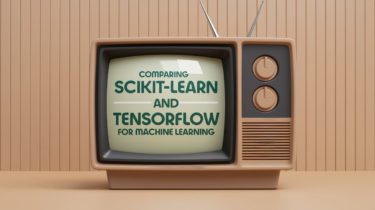Let’s build and optimize a Rust extension for Python
If your Python code isn’t fast enough, you have many options for compiled languages to write a faster extension. In this article we’ll focus on Rust, which benefits from: Modern tooling, including a package repository called crates.io, and built-in build tool (cargo). Excellent Python integration and tooling. The Rust package (they’re known as “crates”) for Python support is PyO3. For packaging you can use setuptools-rust, for integration with existing setuptools projects, or for standalone extensions you can use Maturin. Memory- […]
Read more

